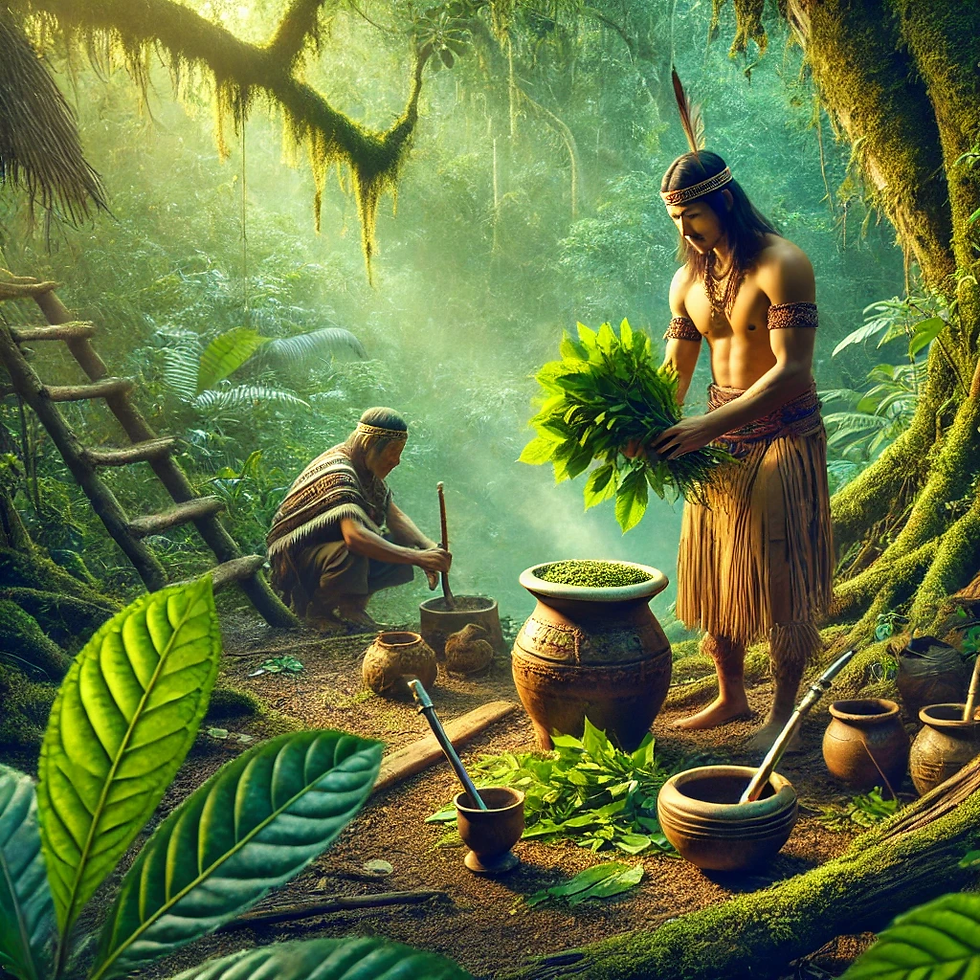The Role of Colonization in Yerba Mate’s Journey
- Nivethitha Gothandapani
- Nov 21, 2024
- 1 min read

The arrival of Spanish colonists in the 16th century marked a turning point for yerba mate. Intrigued by the Guaraní people’s use of the plant, the Spanish quickly adopted the drink for its energizing and health-promoting qualities. Yerba mate became particularly popular among Jesuit missionaries, who not only embraced it but also played a pivotal role in its cultivation and spread.
The Jesuits established large-scale yerba mate plantations, refining harvesting and drying methods to enhance its appeal. They also introduced it to European settlers, making it a staple in colonial society. By the 17th century, yerba mate was traded across South America, valued not only for its energizing effects but also for its social and cultural significance.
This period marked yerba mate’s evolution from a sacred indigenous drink to a widely consumed commodity. Despite its commercialization, the drink retained its cultural roots, symbolizing community and connection. Today, yerba mate’s enduring popularity serves as a reminder of its rich and complex history.
The image depicts Jesuit missionaries in the 17th century cultivating yerba mate on plantations, showcasing the historical expansion of the drink.


Comments